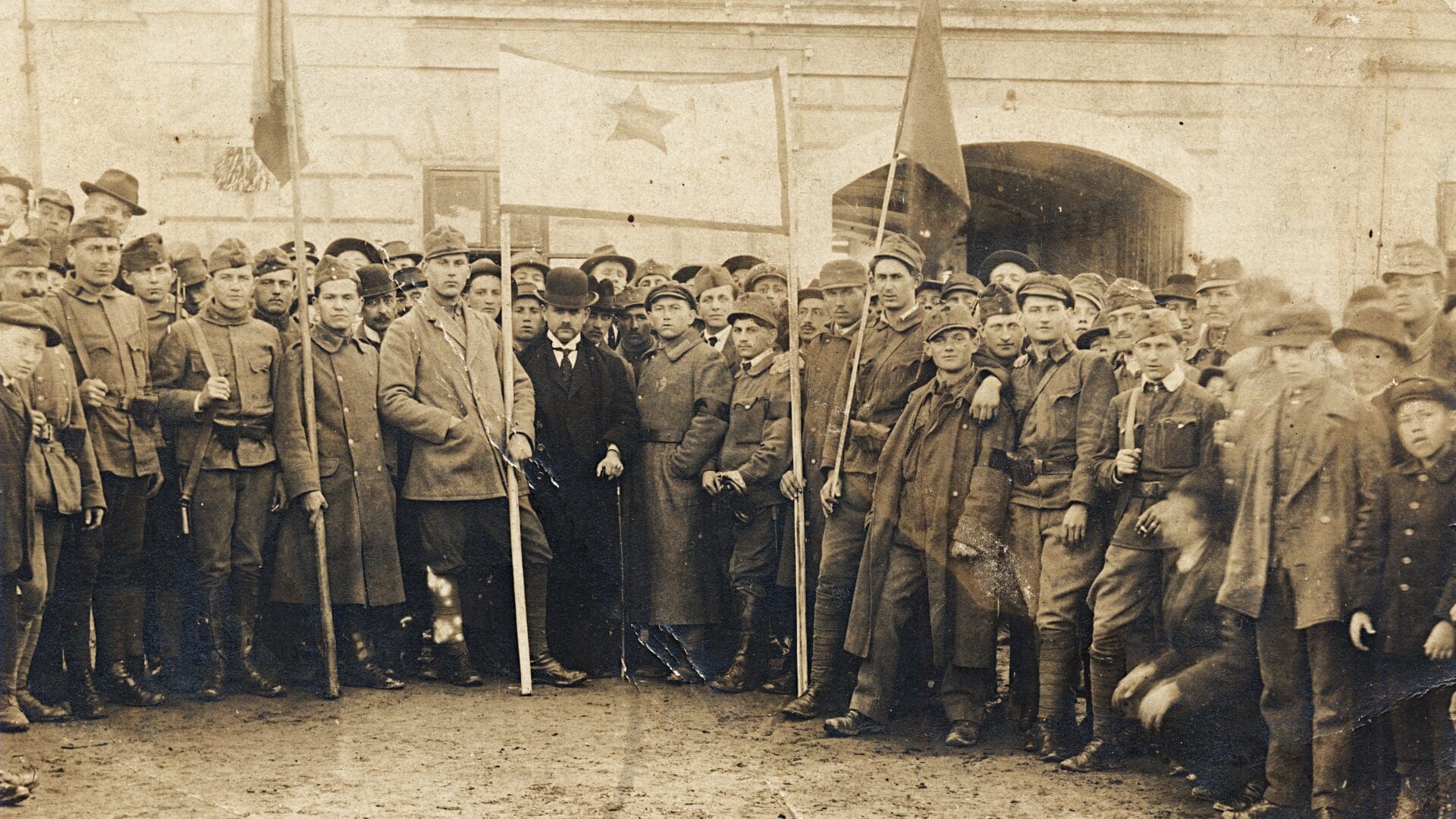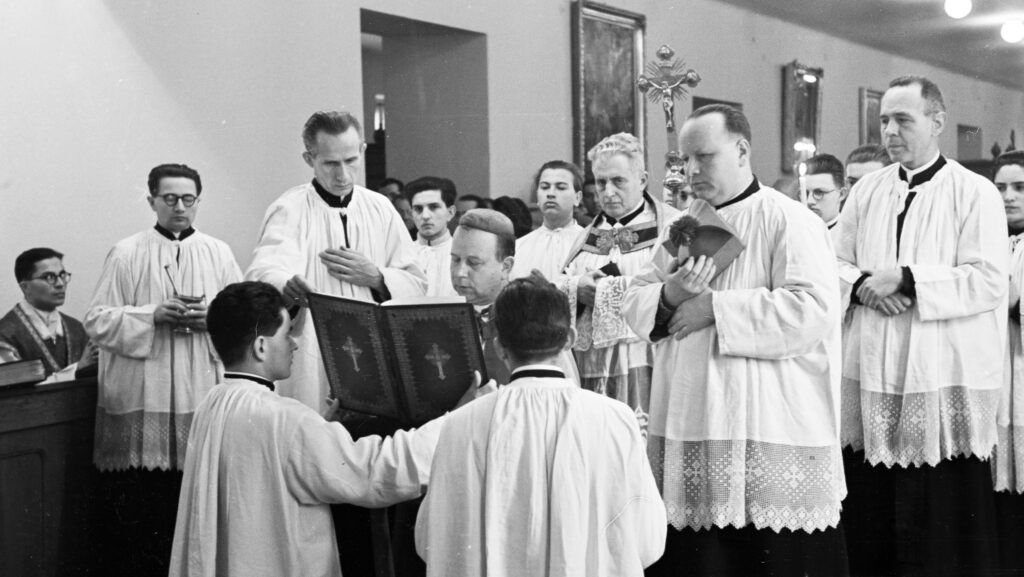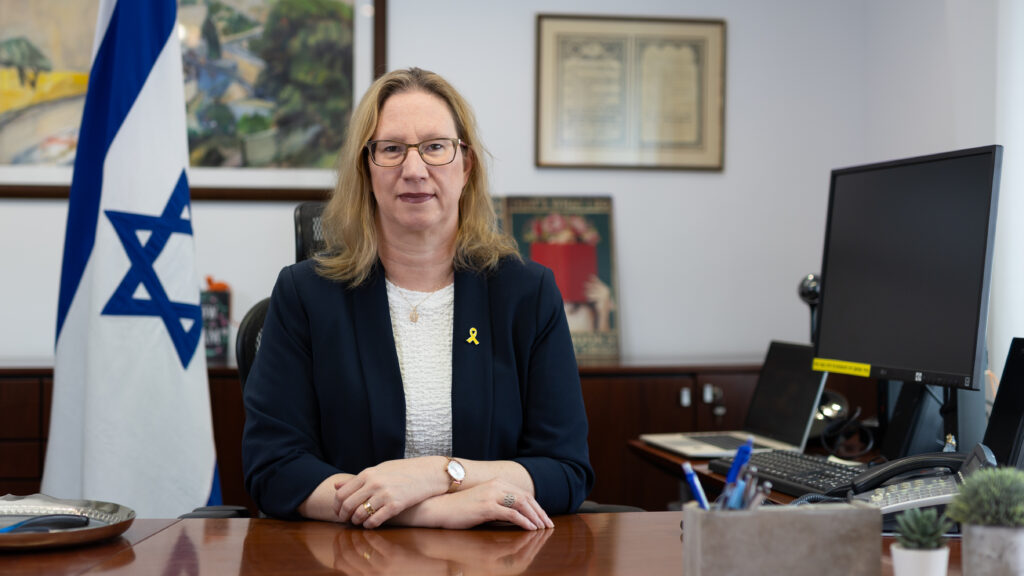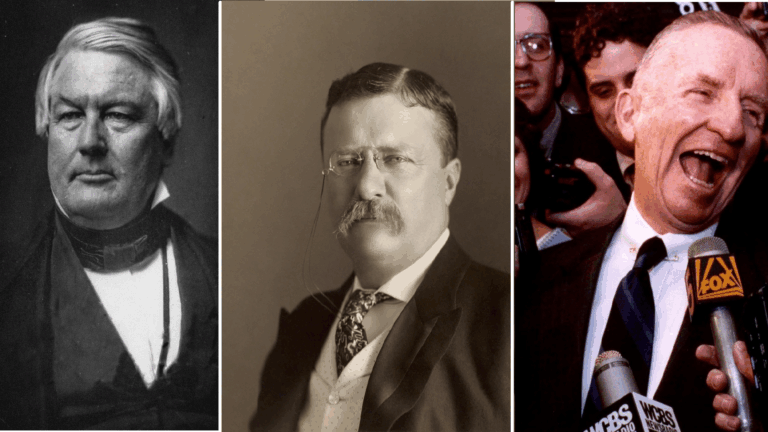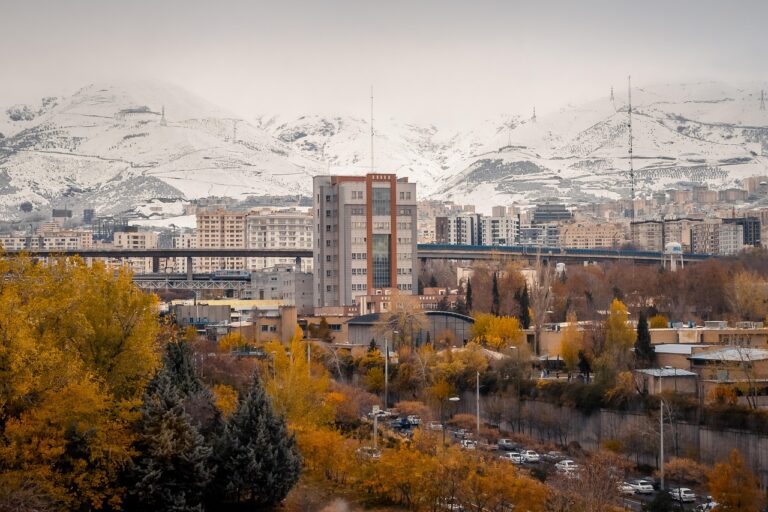The relationship between Jewish communities and the short-lived Communist Councils’ Republic of Hungary in 1919 is still an unexplored area of research. As we have pointed out, the Soviet Republic attacked Zionism in its propaganda. However, it seems that in some cases, some Communist leaders did indeed try to protect Judaism—or rather did not want to take action against Judaism.
In his trial, Communist Commissar Oszkár Fáber testified that Commissar Zsigmond Kunfi had ordered the liquidation of the Catholic and Protestant churches on 20 March ‘for the time being’, ‘but not the Jews’. Fáber, who was essentially testifying against himself, and who therefore had no interest in lying, claimed: ‘I said that either I would get all the denominations or I would resign. And I got the Jewish communities.’ Fáber, incidentally, had a history of anti-Semitism: in 1911 he was convicted of anti-religious incitement, for having called priests, among other things, ‘robbers’, the church ‘filth’ and the Virgin Mary a ‘Jewish wench’.
The Communist government classified Jewish congregations as private associations,
thus the jobs of congregation employees and teachers were abolished, and religious education was confined to synagogues only. The decree of 29 March on the takeover of non-state educational institutions also covered Jewish community schools, which were warned that any concealment of valuables would result in a revolutionary penal tribunal. By all accounts, there were Jewish schools in the countryside which supported the plan to abolish religious education, and the Jewish ‘religious teacher’ Béla Fürst reacted to the news by enthusiastically exchanging a decade of community service for a life as a worker in a soap factory.
That certain individuals with Jewish congregational ties—that is, Jews with a Jewish identity—would have advocated communal autonomy or a certain curbing of Judaism is not entirely unrealistic. Some Jewish organisations continued to function during the first months of the dictatorship of the proletariat, such as the Jewish Women’s Association in Budapest, the Jewish People’s Circle, the Jewish Nationalist Fraction of the Socialist Party, or the Jewish Women’s Association in Hódmezővásárhely in the countryside. The Buda congregation elected a 19-member board of commissars, including the congregation’s rabbi.
Others tried to adapt to the new idol of communism in very strange ways. The Socialist daily Népszava reported on a peculiar event: the bar mitzvah of Márkus Hirsch’s 13-year-old son was ‘consecrated, not in the spirit of the church, but in the spirit of socialist ideas’. At the ceremony, ‘several comrades discussed the reasons for religious hatred, and finally musicians played revolutionary songs’. One Jew addressed a question to Népszava, which we know from the editorial reply: the ‘Jewish proletarian’ was told that ‘no, he could not be forced to have his child circumcised’. This particular Jew must have been struggling with such a dilemma.
However, all these cases must have been isolated ones, and it is a fact that
the various religious communities and schools of Judaism suffered uniformly under the Soviet Republic.
Some institutions suffered financial loss not by the People’s Commissariat Responsible for Liquidating Church Property but because of looters and thieves. The building of the Jewish Community of Pest was communalised, just as the boys’ orphanage of the Jewish Community of Pest. One report from the latter complained in 1920 that ‘the institution was rapidly heading towards total ruin due to the losses suffered during the revolutions and Bolshevism’. According to a November 1919 report from the congregation, their financial situation was ‘disastrous’, as ‘the Communist regime had thoroughly exhausted all our financial resources’. In December 1919, Ferenc Mezey, vice-president of the Israelite National Bureau, wrote a memorandum on the history of the socialisation of the community: the above mentioned Fáber demanded their financial statements with threats, and then socialised the girls’ home, schools, hospitals, cemeteries and the boys’ orphanage, all accompanied by anti-Semitic remarks.
The People’s Commissariat Responsible for Liquidating Church Property, headed by Fáber, was the first in the rural county of Nógrád to seize the assets of the Jewish holy congregation, the Chevra Kadisha. One historian has suggested that this was because they expected less resistance from society. Lajos Zsigmond, the Commissioner responsible for the liquidation of church property in the city of Sopron, informed the readers of the Sopron Red Newspaper that not only would Christian churches be looted, but ‘the property of the Jewish congregation will be taken away, too, even if it was used for taking care of graves, because it is incompatible with proletarianism that the graves of the wealthy should be decorated and thistles should grow on the proletarian graves’.
The taking of certain valuable religious objects—for example, silver Torah jewellery—was carried out despite the expressed protests of local communities, such as the Jews of Nógrád, Vas counties and Nyíregyháza. From the Jewish community of Esztergom, savings, bank deposits and bonds in the value of 7500 crowns were confiscated, and the local Chevra Kadisha was also nationalised, again in spite of the protest of the community. The inventory of the assets confiscated from the congregation of the city of Szombathely in Western Hungary is also known: the Communists expropriated eight properties from the Neolog Jewish community, including the cemetery, the mortuary and the cemetery caretaker’s apartment. In the same city, six properties were seized from the Orthodox community, including the community hall, the school, the kosher slaughterhouse, a prayer house and the cemetery. It is not clear from the Chevra Kadisha records of which congregation, but 32,820 crowns worth of valuables were seized, as well as work tools (spades, hoes, picks, a ladder and stoves). The valuables confiscated amounted to a huge sum of money at the time.
According to the sources reviewed, it is evident that Jewish communities were subjected to the same extent of plundering by the short-lived Communist regime in 1919 as the Christian churches. The Jewish communities were stripped of substantial wealth, real estate, bonds, and jewellery, which was disproportionate to their small percentage within the general population. Despite the fact that many people during the Horthy era linked communism with Judaism, this anti-Semitic stereotype does not hold true based on the sources reviewed: Jewish communities were definitely among those who suffered under Bolshevik rule in 1919.

